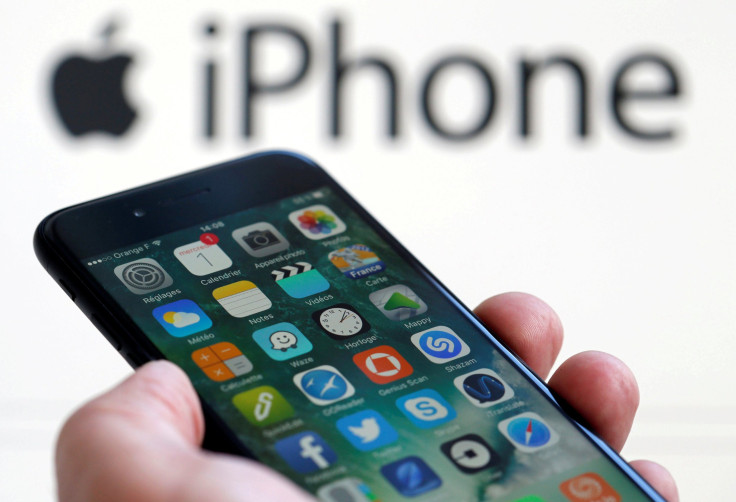Vivo Beats iPhone 8 To Touch ID, Reveals Embedded Fingerprint Scanner By Qualcomm

Apple is rumored to be integrating an embedded Touch ID feature on the iPhone 8, but Vivo just beat it, revealing a smartphone with an embedded fingerprint scanner at Mobile World Congress 2017 in Shanghai Wednesday. The Vivo smartphone comes with Qualcomm’s technology.
Qualcomm announced its ultrasonic fingerprint solution and showcased it in a modified Vivo Xplay 6 phone. The fingerprint sensors work through displays, including OLED, as well as glass and metal, and can detect a heartbeat and blood flow. The new fingerprint technology includes detection of directional gestures and works underwater.
Read: iPhone 8 Rumors: 10th Anniversary Device Will Charge Faster With 10W USB-C Connector
“We are excited to announce Qualcomm Fingerprint Sensors because they can be designed to support sleeker, cutting-edge form factors, unique mobile authentication experiences, and enhanced security authentication,” Seshu Madhavapeddy, Qualcomm Technologies’ vice president of product management, said in a statement. “This provides OEMs [original equipment manufacturers] and operators with the ability to offer truly distinct, differentiated devices with added value on truly groundbreaking new devices.”
Qualcomm Fingerprint Sensors for Glass and Metal are slated to be available to original equipment manufacturers this month, and are set to arrive in commercial devices in the first half of 2018, the company said. The company will give manufacturers a chance to evaluate the fingerprint scanners in this year’s fourth quarter.
Read: iPhone 8 Features: Dummy Images Show Upcoming Apple Device With Vertical Dual-Camera, No Touch ID
Apple’s iPhone 8 Touch ID
Previous reports have pointed to a Touch ID feature on the upcoming iPhone 8. However, Cowen and Co. analyst Timothy Arcuri said in a memo recently Apple the Touch ID embedded in the OLED screen is “still being worked out,” leading to a delayed iPhone 8 release date. Arcuri said Apple will decide on three solutions this month for the Touch ID, one of them would be thinning the cover glass over the sensor area.
Arcuri had said in a note in April that Apple was having trouble with the embedded fingerprint technology. He outlined three possible solutions: one was is to move the Touch ID to the back of the smartphone, like its done on Samsung’s Galaxy S8. Some leaks and schematics of the upcoming iPhone showed the fingerprint scanner on both sides of the device, adding more confusion to the placement of the feature.
Another solution would be to ditch the Touch ID altogether and rely on facial recognition through its rumored 3D-sensing camera. Apple supplier Largan Precision recently confirmed it would ship lenses for 3D sensing modules in the second half of this year although it didn’t mention Apple by name.
The third solution would be to delay the production of the iPhone 8, but still reveal it alongside the iPhone 7S and iPhone 7S Plus.
The iPhone 8, which could also be called the iPhone X, iPhone Pro or iPhone Edition, is expected to be priced at more than $1,000
© Copyright IBTimes 2025. All rights reserved.





















